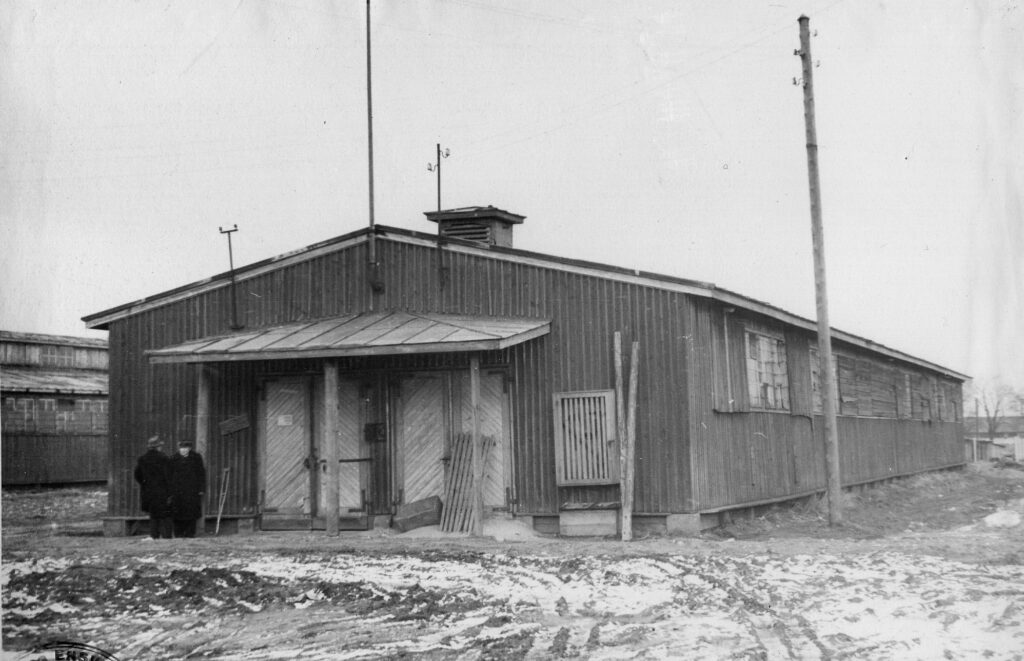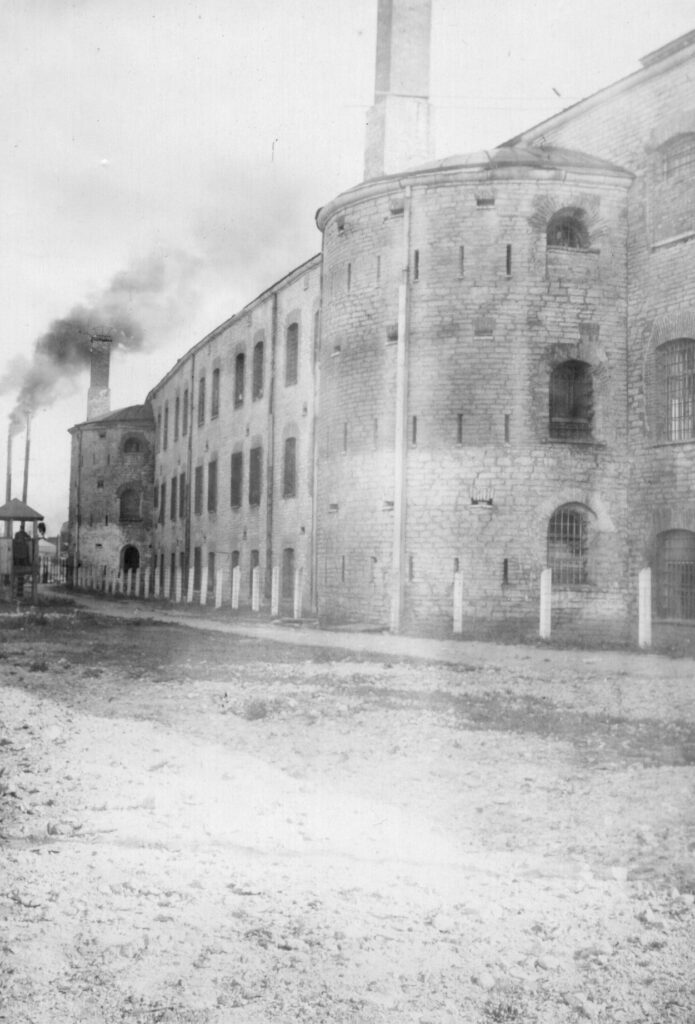After the establishment of the German occupying regime, repressions against the racial and political enemies of Hitler’s regime began in Estonia. USSR’s occupation and its political terror that preceded the German occupation had created a desire for retribution in the Estonian society, which supported the terror of the new occupying regime.
Massilised arreteerimiMass arrests lasted from the summer of 1941 until early 1942. In this time, approximately 10,000 people were arrested, most of whom were accused of bolshevism and/or cooperation with the Soviet regime. About a thousand of those arrested were local Jews, more than a third of whom were accused solely on the basis of their nationality.

The repressions continued on a smaller scale from 1942 onwards. Altogether, more than 20,000 Estonian citizens and residents suffered due to German repressions. Some were released after the end of the preliminary investigation, but the most common sentence was 6–12 months of imprisonment. However, approximately 30% of the arrested were sentenced to death. Many of those sentenced to death had, in the summer of 1941, been fighters of the NKVD destruction battalions; members of the Communist Party and Komsomol; employees or secret collaborators of state security forces, such as NKVD, NKGB, the Red Army and the Baltic Fleet; and other active supporters of the USSR’s occupying regime. Nearly 7000 people lost their lives in political repressions, most of whom were Estonians. Moreover, Jews and Roma were murdered on racial grounds.

Executions by shooting began during the transfer of power. In the first weeks, the executers were German security police units or military rear-line security units, as well as several locally formed self-defense groups. Following the establishment of the German occupying regime’s regulations, the death sentence proposal was made by a the Estonian Political Police’s committee for planning sentences (Estonian Security Police from 1942 onwards) that followed the orders of the German Security Police. The committee’s proposals were approved by the head of the German Security Police in Estonia or one of their subordinates. In July and August 1941, some of the detainees were executed by the decision of ad hoc military courts or by acts of vigilantism. In some cases, a death sentence was issued retroactively, but overall, the number of those murdered or executed by the decision of an ad hoc military court is unknown.
Alates 1942. The number of death sentences decreased considerably in the second half of 1942. In 1944, evasion from German mobilisation and desertion were added to crimes punishable by death.